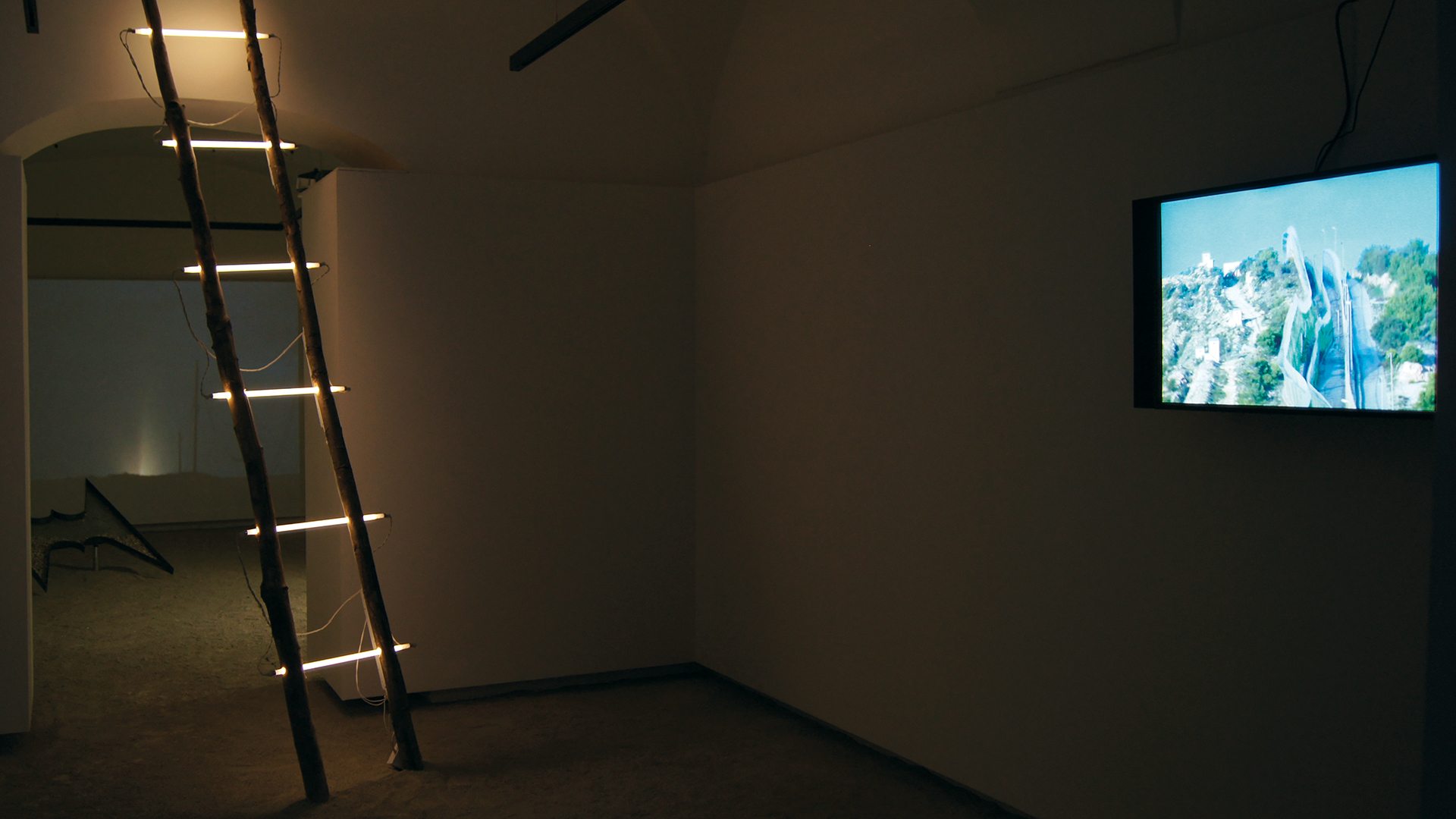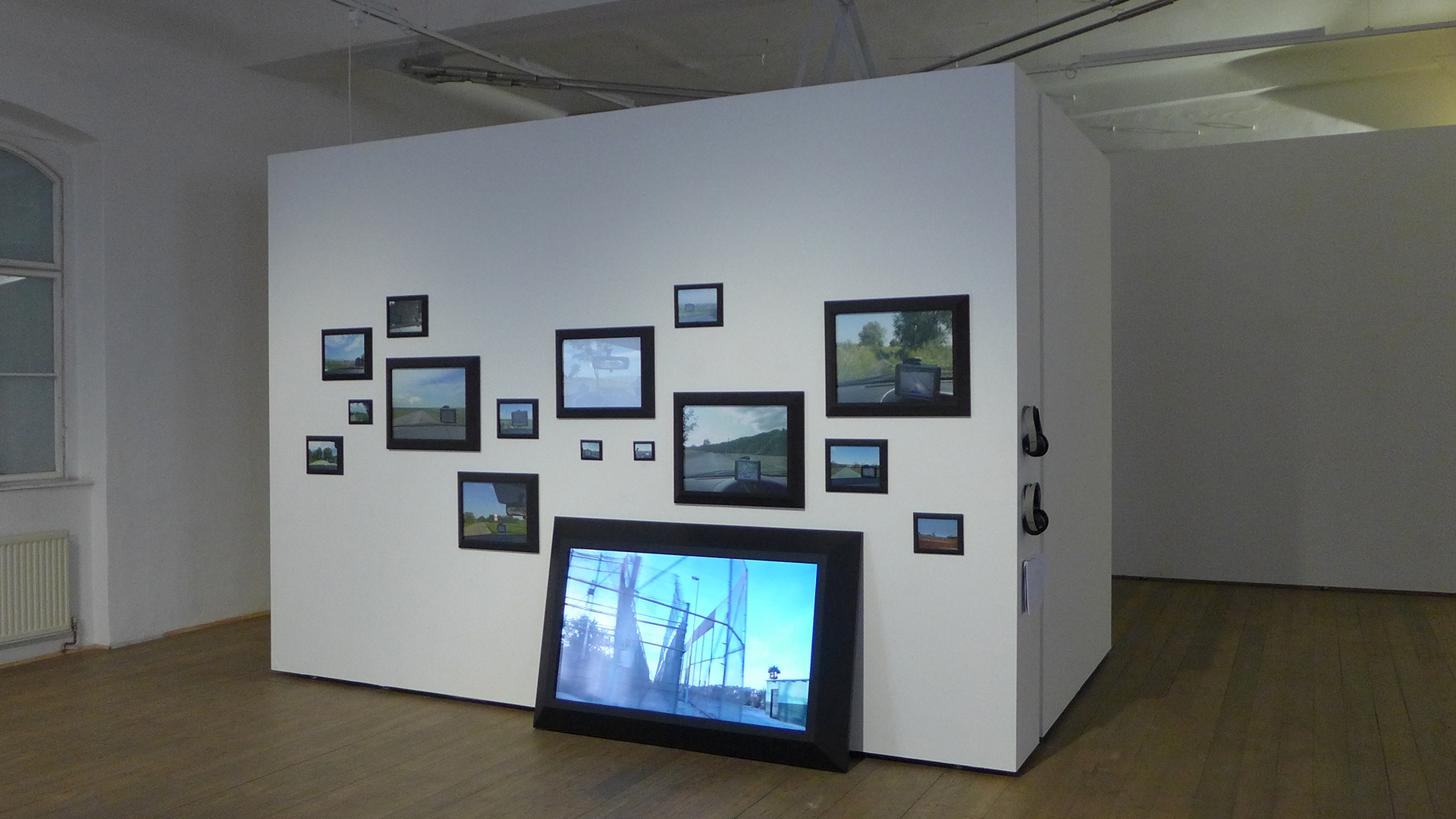2024 - 2011 ︎Johanna Tinzl & Stefan Flunger︎ La valla es europea. The Fence is European.︎ HD-Video︎
13 min 47 sec
︎Johanna Tinzl & Stefan Flunger
︎ La valla es europea. The Fence is European.











Johanna Tinzl & Stefan Flunger
La valla es europea.
The Fence is European.
La recinzione è europea.
La valla es europea.
The Fence is European.
La recinzione è europea.
The Fence is European.
La recinzione è europea.
HD-Video, 2011-2024, ongoing
13 min 47 sec
13 min 47 sec
Johanna
Tinzl and Stefan Flunger employ their recently created series of
works to move literally and metaphorically along the European Union’s
external borders. In places where the purpose of high fences,
barricades and military patrols is to prevent immigrants from
non-European states from crossing Europe’s topographical and/or
political borders and fleeing from here to there, the artists educe
structural similarities between the places they have visited and
present them as the visual essence of their journeys in the
exhibition space.
In this context, they see the theme of »translation« not only in the linguistic sense but above all as a spatial and formal-aesthetic principle by which to create multilayered situational transfers. The aspect of transposition and interpretation that is decisive in any translation process, becomes evident in the video »La valla es europeo. The Fence is European.«. During a taxi drive along the fence between Morocco and Melilla, the complexity and explosiveness of the political situation in North Africa is explained in simple words by the taxi driver engaged by Tinzl and Flunger. So that the non-Spanish-speaking passengers can also understand what he has to say, the chauffeur comments on the high barrier – which is erected in three rows and topped with NATO-wire – in an insistent manner throughout the entire trip.
In this context, they see the theme of »translation« not only in the linguistic sense but above all as a spatial and formal-aesthetic principle by which to create multilayered situational transfers. The aspect of transposition and interpretation that is decisive in any translation process, becomes evident in the video »La valla es europeo. The Fence is European.«. During a taxi drive along the fence between Morocco and Melilla, the complexity and explosiveness of the political situation in North Africa is explained in simple words by the taxi driver engaged by Tinzl and Flunger. So that the non-Spanish-speaking passengers can also understand what he has to say, the chauffeur comments on the high barrier – which is erected in three rows and topped with NATO-wire – in an insistent manner throughout the entire trip.
However,
the viewers of the video do not hear the language of the man from
Melilla but a German transcription, which is spoken onto the
soundtrack by a local taxi driver. In »La valla es europeo. The
Fence is European.« Johanna Tinzl and Stefan Flunger break away from
the use of purely documentary strategies in the sphere of art by
consciously avoiding documenting up-to-date stories of individual
immigrants and so reifying them for the purposes of their art. The
language of the taxi driver from the Spanish exclave is used in order
to create a connection between the realities of life on the external
borders of Europe and those in Central Europe.
When the artists show this video in different places, the text from the man from Melilla is translated into the language of the relevant country and repeated by a local taxi driver.
When the artists show this video in different places, the text from the man from Melilla is translated into the language of the relevant country and repeated by a local taxi driver.
Text:
Franz Thalmair, 2012
The border that Johanna Tinzl and Stefan Flunger deal with in their video work is presented on two tablets and it is anything but invisible. Back in 2011, they had a cab driver show them the fence that separates the Spanish exclave of Melilla from Morocco. In simple but emphatic words, he explains to his non-local passengers how the European Union is sealing itself off at this site through this costly project, and where the access is strictly regulated.
Each synchronized with an artificial voice, the Italian and German versions newly created for this exhibition are reminiscent of the instructions of a navigation device. Back then, more than ten years ago, the artists hoped that this would be the last fence to be built at the EU's external borders. Since then, others have been added and the work is more relevant than ever.
Each synchronized with an artificial voice, the Italian and German versions newly created for this exhibition are reminiscent of the instructions of a navigation device. Back then, more than ten years ago, the artists hoped that this would be the last fence to be built at the EU's external borders. Since then, others have been added and the work is more relevant than ever.
Text:
Linnea Streit, 2024